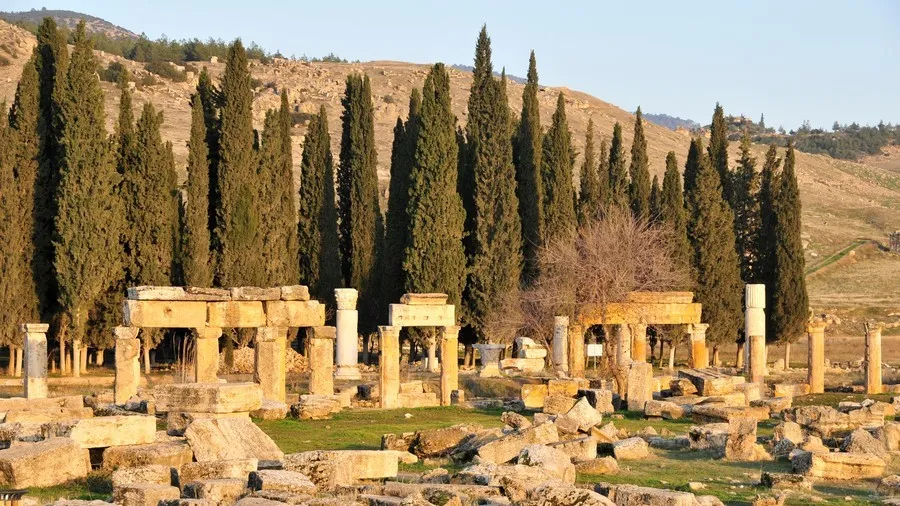
Scientists studying an ancient site in Turkey, once thought to be a gate to hell, have found that the deaths recounted at the stone grotto in historical texts were most likely caused by noxious natural gas.
The Ploutonion at Hierapolis, or Hades’ Gate – said to contain the deathly breath of the Greek god of the underworld – is located in modern day Denizli, Turkey.
Its existence was confirmed in 2013 by Italian archaeologist Francesco D’Andria . Now researchers have found that the Roman-Greco grotto in the ancient ruins of Hierapolis emits concentrated levels of CO2, perhaps giving a scientific reason for unexplained fatalities at the site.
READ MORE: Penis de Milo? Phallic parade honors ancient Greek god of fertility and wine making (VIDEO)
Published in the journal Archaeological and Anthropological Sciences, the study was lead by professor Hardy Pfanz of the University of Duisberg-Essen, Germany.
“In a grotto below the temple of Pluto, CO2 was found to be at deadly concentrations of up to 91%,” the study reveals.
“Astonishingly, these vapors are still emitted in concentrations that nowadays kill insects, birds and mammals.”
The reason for the gas emission is due to seismic activity, with the cave reportedly situated above the Babadag faul